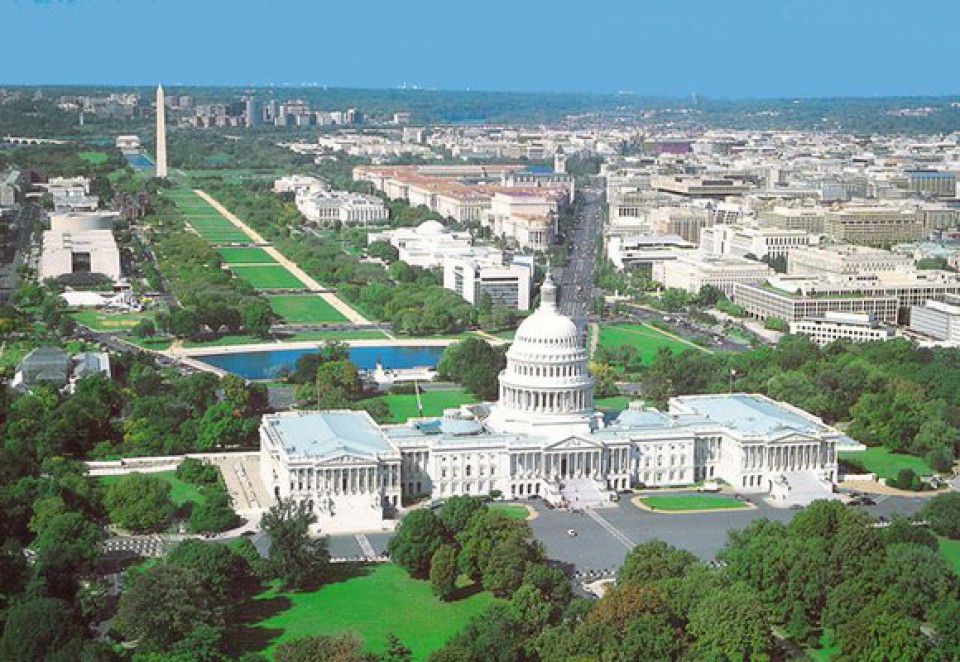I am neither a virologist nor an epidemiologist, so I’ve refrained from getting involved in Coronavirus debates that I’m clearly not qualified to comment on. Moreover, when it comes to the current “keep it closed” vs “open it up” debate, I genuinely have mixed feelings. I don’t think the case is as iron clad as either side would have you believe.
However, I do have a few thoughts:
- First, condolences to all those who have lost loved ones. I have friends who have lost family members, and other friends working on the front lines of this pandemic. There is no minimizing their pain.
- Can we stop with the conspiracy theories? The virus is real and at least somewhat deadly. It is not just like the flu. While there are undoubtedly errors in reporting, the deep state is not plotting to inflate case numbers. In fact, the number of deaths from COVID-19 are more likely to be underestimated than overstated. The mortality rate may turn out to be relatively low, because of a more widespread infection rate, but that same high infection rate means the total number of deaths will be high even if the infection mortality rate is low. Comparisons to other causes of death are usually apples to oranges, for example comparing flu deaths over an entire year to COVID death’s in one month.
- The need to “flatten the cure’ in order to prevent overwhelming our health care system was real and vital. As it was, the health care system did not have the capacity to deal with the pandemic in many hot spots. (We can debate reasons for this at a later time). The cost to healthcare workers has been unimaginable. Had caseloads continued to spike, the result would have been truly catastrophic.
- Shutting everything down as hard as we did might not have been the optimal strategy for fighting the virus. But given how badly we underestimated the original threat and how much time we squandered, our lack of testing capability, and how littler information we really had, a blunt object like “stay at home” might have been the only realistic option we had under the circumstances. We no longer had time for fine tuning. There is plenty of blame to go around for that: China, the government healthcare bureaucracy, the media, politicians from both parties at all levels of government, and the Trump administration. We blew it and we are paying the price for that.
- And our government, especially the federal government, continues to fail. We still lack the testing capacity necessary to truly estimate risk in different areas. There also continue to be shortages of Personal Protective Equipment (PPE). All of this makes any effort to relax stay at home orders a roll of the dice.
- Some governors and mayors clearly went overboard. Mowing your own lawn or buying plant seeds were not really major risk factors. Banning drive-in church services or shutting gun stores was gratuitous. In overreacting, these officials undermined support for more legitimate stay-home demands.
- Many “open it up” proponents overestimate the speed at which we can bounce back economically. And, they overstate the number of deaths caused by the shut-down and the shut-down induced recession, especially in the short-term. Still, years of research do show that prolonged economic downturns do cause deaths. It is not “lives vs. the economy;” it is” lives vs lives.” The question, therefore, becomes one of balancing risks. That is something we don’t like to talk about, but we do all the time. We don’t ban cars because of traffic fatalities. However, we also don’t allow you to drive 100 mph through a school zone.
- There does seem to be gradual morphing of the rationale for shutting down, from “don’t overwhelm the health care system” to “no one should die from COVID-19.” That would be a shift with profound implications. Are we really willing to stay shut for a year or two until there’s a vaccine? And what if a vaccine is never developed?
- On the other side, what are “open it up” advocates prepared for what might happen if we open to fast or too soon and the course of the infection resumes its pre-shutdown geometrical rise? Is there any level of deaths that would be too high for them? What happens if we go back to levels that overwhelm the health care system? Even the strictest interpretation of libertarian theory suggests that my right to swing my fist ends at your nose. With a highly contagious virus, we are all fist swingers.
- Still, we are going to open. This is partially because there are limits to how much economic damage we can sustain. But equally important, there is a growing “shut down fatigue.” We are just not made to be able to handle prolonged isolation. As the weather improves, people are going to become increasingly restive. Ultimately, stay at home orders can only last as long as people are willing to comply. That consensus was very strong early on. It is becoming less so. The question therefore should be how best to open. That is a question that could benefit from a bit more good faith discussion and tolerance. Those on the other side of these questions are not either trying to kill people or ruin the country. We are all stumbling in the dark, trying to find the best solution (not the perfect) to a bad and unprecedented situation.

A fair and balanced response Mike, thanks for your sanity. Mac
Frederick B. McKenzie 107 Asterbrooke Drive, Deland, FL 32724-8835 (Res: 386-561-9111) Cells: 703.303.0990 / 386-956-9355. Fax: (503) 210-6777
>
LikeLike